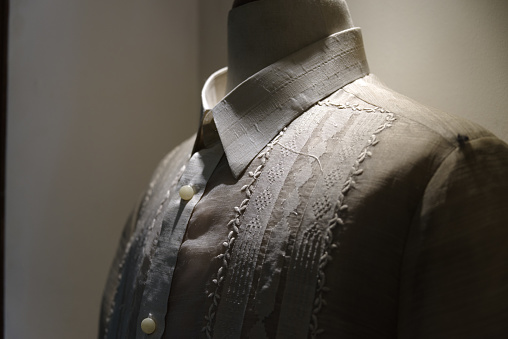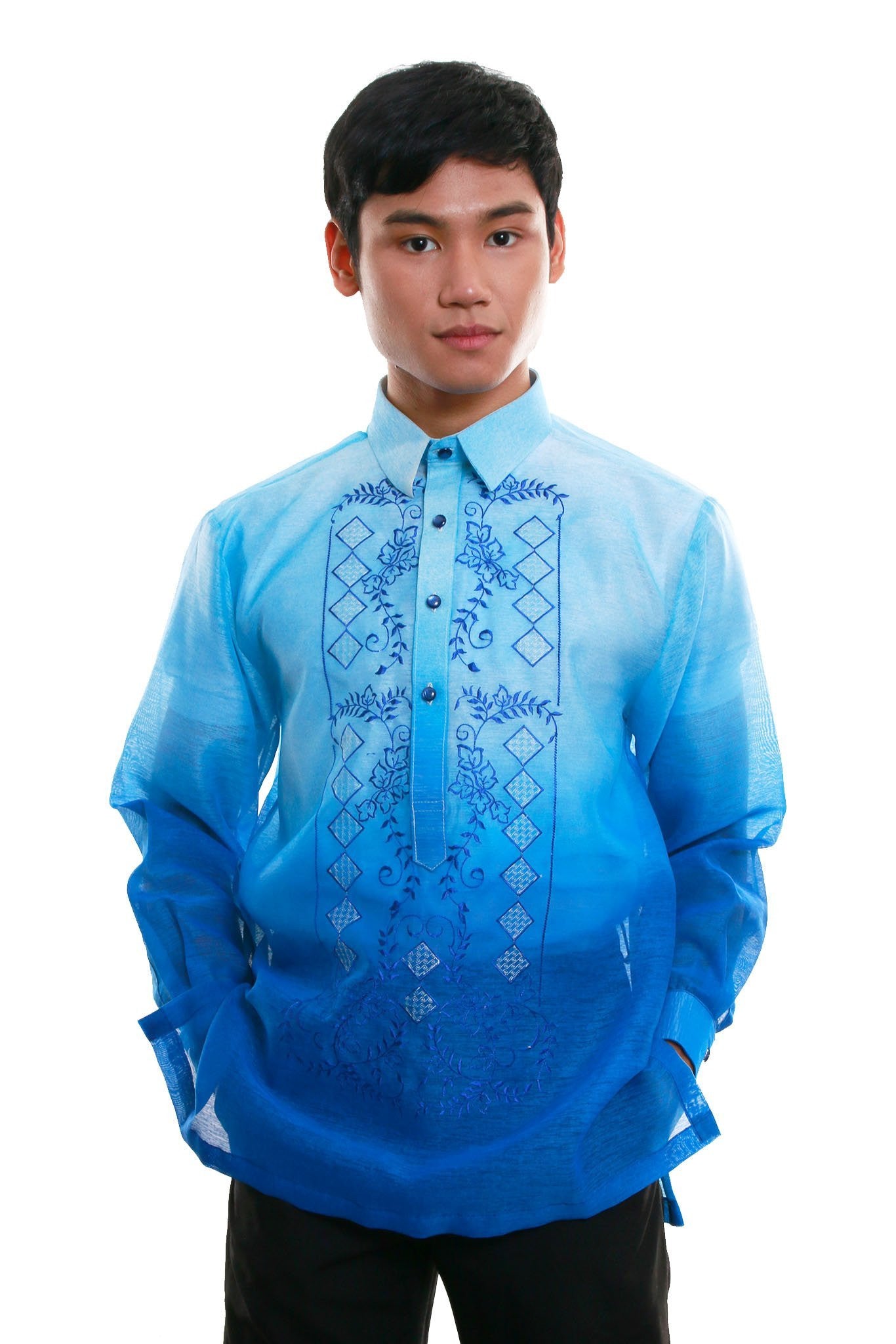The Main Principles Of Black Barong Tagalog
Table of ContentsNot known Details About Where To Buy Barong Tagalog The Ultimate Guide To Barong Tagalog For SaleThe Greatest Guide To Where To Buy Barong Tagalog

The term is usually not utilized.
Instead, the name was created to distinguish the gown as indigenous (hence "tagalog", i. e. ), as opposed to the designs of outfit of Europeans as well as other foreign societies.
Barong tagalog can vary substantially in regards to style and also material used, however they share typical qualities of having long sleeves, needlework, being buttoned (midway or straight down the chest), as well as the lack of pockets. They are also put on loosely as well as have slits on both sides. Historically, the material utilized for barong tagalog depended upon the social course of the user as well as the rule of the event.
Where To Buy Barong Tagalog Near Me Can Be Fun For Anyone

The top quality of the material and also the details of the needlework were commonly indications of the condition and also wealth of the wearer. The needlework of the barong tagalog are generally put on a rectangle-shaped section on the front of the upper body (known as pechera, "tee shirt front", from Spanish pecho, "breast"), and/or over the entire tee shirt (sabog, from Tagalog for "spread"). browse this site.
History [modify] Pre-colonial age [edit] The barong tagalog originated from the Tagalog baro (essentially "shirt" or "clothes", additionally known as bar or bay in other Philippine languages), a simple collar-less t-shirt or coat with close-fitting lengthy sleeves put on by both males and females in many ethnic groups in the pre-colonial Philippines. These were made from rough linen-like towel woven from native abac fiber, or from imported textiles woven from silk, cotton, Click This Link as well as kapok, to name a few. Among Tagalog guys, they were generally coupled with a rectangular shape of richly embellished fabric referred to as the salaual or salawal used knee-length and also attracted up in the center (like an Indian or Thai and Cambodian ); while in females they were combined with a wraparound skirt called the.
Nevertheless, in the Visayas, in addition to similar baro (which had shorter sleeves) and also salaual mixes, men additionally put on vivid robe-like as well as coat-like variations that might reach well below the knees (called the marlota and baquero in Spanish, respectively). These were sometimes belted at the waist. Among Tagalogs, red dyes and also gold trimmings were a sign of belonging to nobility () or the warrior caste () - her explanation.

Getting My Where To Buy Barong Tagalog In Usa To Work
The couturier Jose "Pitoy" Moreno has assumed that this transitional design of shirt was the camisa de chino of later centuries, which makes it a precursor to the barong tagalog. Depictions of members of the top classes (including natives as well as) in the 18th century revealed that they inevitably put on European-style clothing. here are the findings.
These were much longer than the modern barong tagalog, reaching to somewhat above the knees. They were likewise commonly candy striped with strong shades like blue, red, or green. They already displayed trademarks of the modern-day barong tagalog, including being made of sheer nipis product, needlework, lengthy sleeves, and also a loose shape with slits on both sides.
The large textile utilized by barong mahaba additionally demanded the using of an underwear, recognized as camisn or camiseta, which was likewise used on its own by citizens. By the 1840s, barong mahaba largely befalled of fashion. In this duration, it evolved right into the contemporary "classic" barong tagalog, being much shorter with much less ostentatious folded up collars, while still retaining the sheer fabric and various other baro qualities.